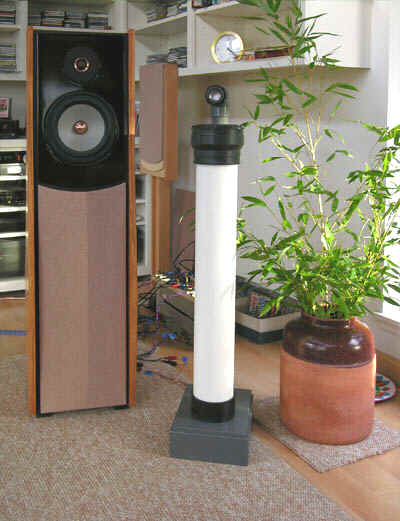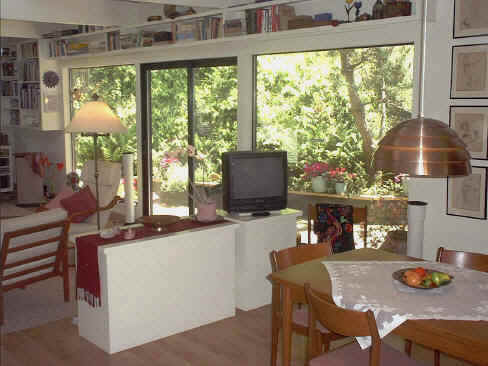Wodgy
Headphoneus Supremus
- Joined
- Feb 24, 2002
- Posts
- 4,657
- Likes
- 13
Quote:
Linkwitz just announced a much lower cost version of the ORION, called the PLUTO. Apparently it's going to be designed for really easy construction by the DIYer (PCBs will be available), and cost only $400-600 rather than $2000-3000. Could be exactly what you're looking for!

The PLUTO is the crazy tube thing to the right in the picture.
| Originally Posted by rawhit uh...may be build this ? I'm very interested in building the orions or some similar dipole speaker. Less room interaction than other speaker types 
|
Linkwitz just announced a much lower cost version of the ORION, called the PLUTO. Apparently it's going to be designed for really easy construction by the DIYer (PCBs will be available), and cost only $400-600 rather than $2000-3000. Could be exactly what you're looking for!

The PLUTO is the crazy tube thing to the right in the picture.



